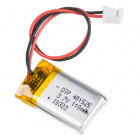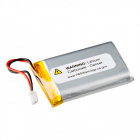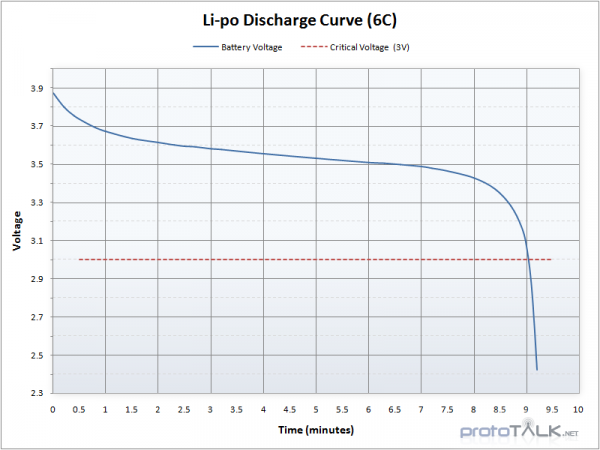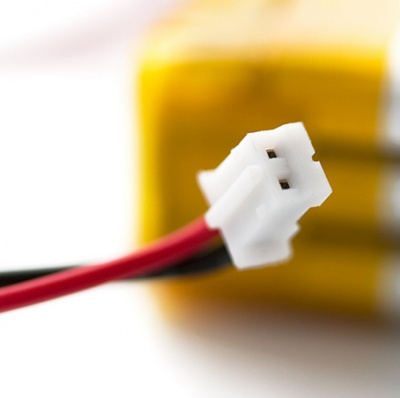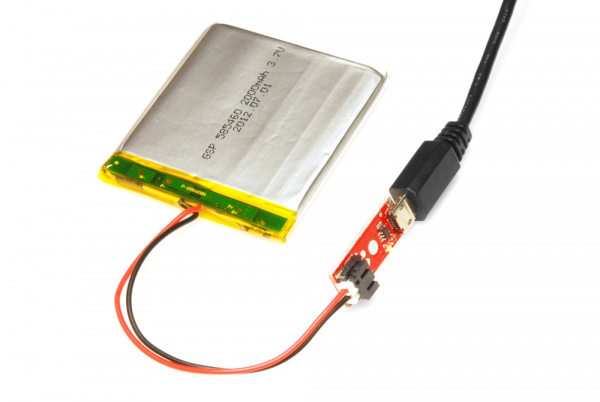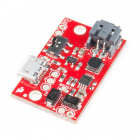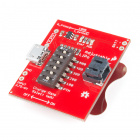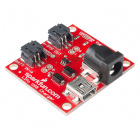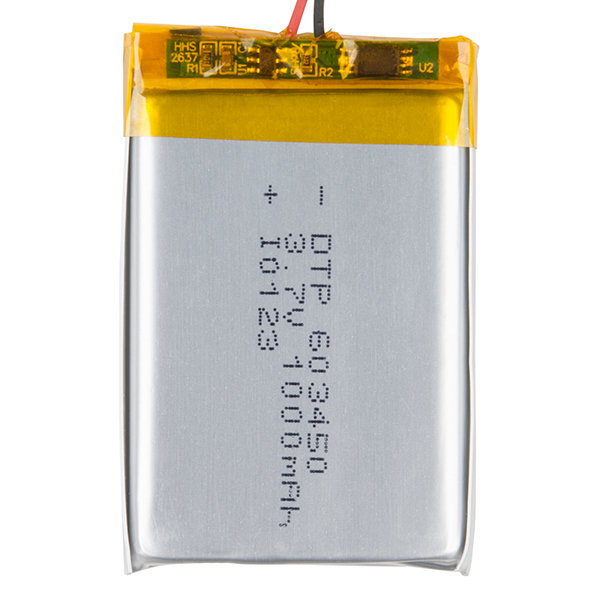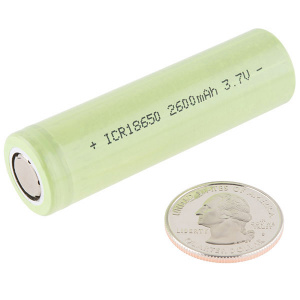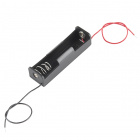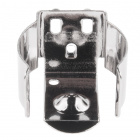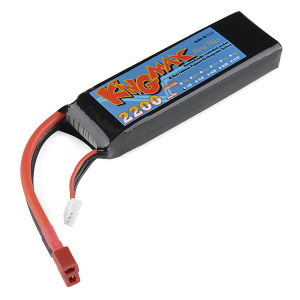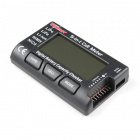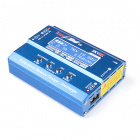Battery Technologies
Lithium Polymer
Lithium Polymer (often abbreviated LiPo) batteries are very useful for embedded electronics. They offer the highest density readily available on the market. Because cell phones predominantly use this battery type, they are easy to find for reasonable prices. They do require special charging, so be sure to use the right charger for the job. SparkFun carries a variety of 3.7V Lithium Polymer batteries - many of which are listed below. The capacity of the battery you choose will depend on the intended run time of your project, size constraints, and other factors.
Nominal Voltage
An individual LiPo cell has a nominal voltage of 3.7V. When fully charged you will see nearly 4.3V on the cell but it will quickly drop to 3.7V under normal use. When depleted, the cell will be around 3V. This means your project will need to handle various voltages if you are running directly from a cell. If you need 5V you will need to combine two LiPos in series to create a 7.4V pack and regulate down to 5V.
Connectors
In the small electronics world, most LiPo batteries come terminated with various 2-pin connectors. At SparkFun, we use the JST connector. This prevents the battery from being plugged in wrong. The connector is a friction fit so it’s common to use pliers to gently remove the battery.
Charging and Discharging
There are many low-cost chargers created to charge LiPo batteries. They commonly use USB to charge the battery. Do not attempt to charge a LiPos without a charger. A LiPo battery can be harmed by overcharging, so use a specifically designed LiPo charger like the ones here:
Before charging a Lithium Ion battery, make sure you are aware of your battery's capacity and the charge current supplied by the charger. More information can be found in the following tutorial: Setting the Charge Current.
LiPo batteries can also be harmed by being discharged too far. To protect against this, almost all LiPo batteries have a small safety circuit built into the top of the cell that will shut off the battery if the voltage drops below a certain threshold (usually 3V). The protection circuit board is usually under the yellow Kapton tape where the wires are connected.
LiPo batteries have a very low internal discharge rate. This makes them a good candidate for projects that have low power requirements and need to run for many days or months.
Respect the energy density: These batteries pack a punch and can source multiple amps continuously. The short-circuit protection will shut off the battery when a short is detected but when using these batteries with projects use common sense.
We recommend LiPo for nearly every portable application. They are fairly robust and when used safely provide a great power source.
Other Types of Lithium Ion Batteries
Round, High Capacity Lithium Ion Batteries
These batteries have been mainly used in flashlight type applications but are easy to use and install and have a lot of juice.
Nominal Voltage - These batteries also carry a nominal voltage of 3.7V but unlike the flat LiPo batteries, these round cell batteries do NOT have a protection circuit built in. Special care must be taken when charging and discharging these batteries so that they do not become damaged. More information on protection circuits can be found here.
Connectors - These batteries can be easily integrated into projects with specific battery holders:
 Retired
RetiredBattery Holder - 1x18650 (board mount)
PRT-14963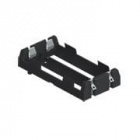 Retired
RetiredBattery Holder - 2x18650 (board mount)
PRT-14964Charging and Discharging - Since there is no protection circuit on these batteries, the user must account for the possibility of over or under charging such that the battery isn't damaged. We recommend a universal charger like this one:
High Discharge Lithium Ion Batteries
High discharge lithium ion batteries are a great way to power any R/C, robotic, or portable project that needs a small battery with a lot of punch.
Nominal Voltage - These have a nominal voltage of 7.4V and like the round cell batteries, do NOT have a built in protection circuit. Special care must be taken when charging and discharging these batteries so that they do not become damaged. More information on protection circuits can be found here.
Connectors - The charge connector is a 3 pin JST-XH charge plug. Discharge is via Dean’s Connector discharge leads.
Charging and Discharging -Since there is no protection circuit on these batteries, the user must account for the possibility of over or under charging such that the battery isn't damaged. Because these are typically dual cell battery packs, a special charger is needed. This battery is not compatible with single cell chargers. We recommend a specialized charger such as this one:
RetiredRetired
